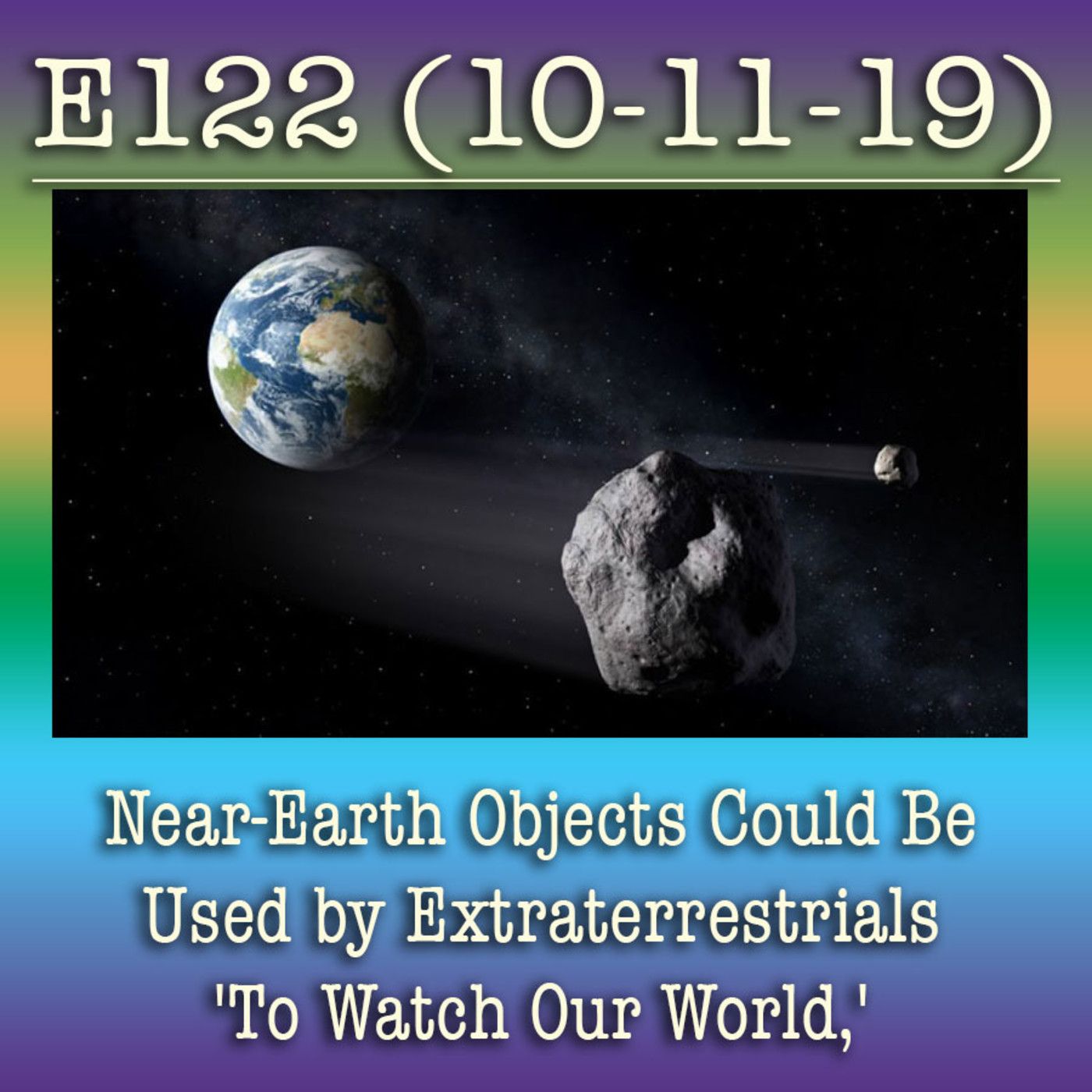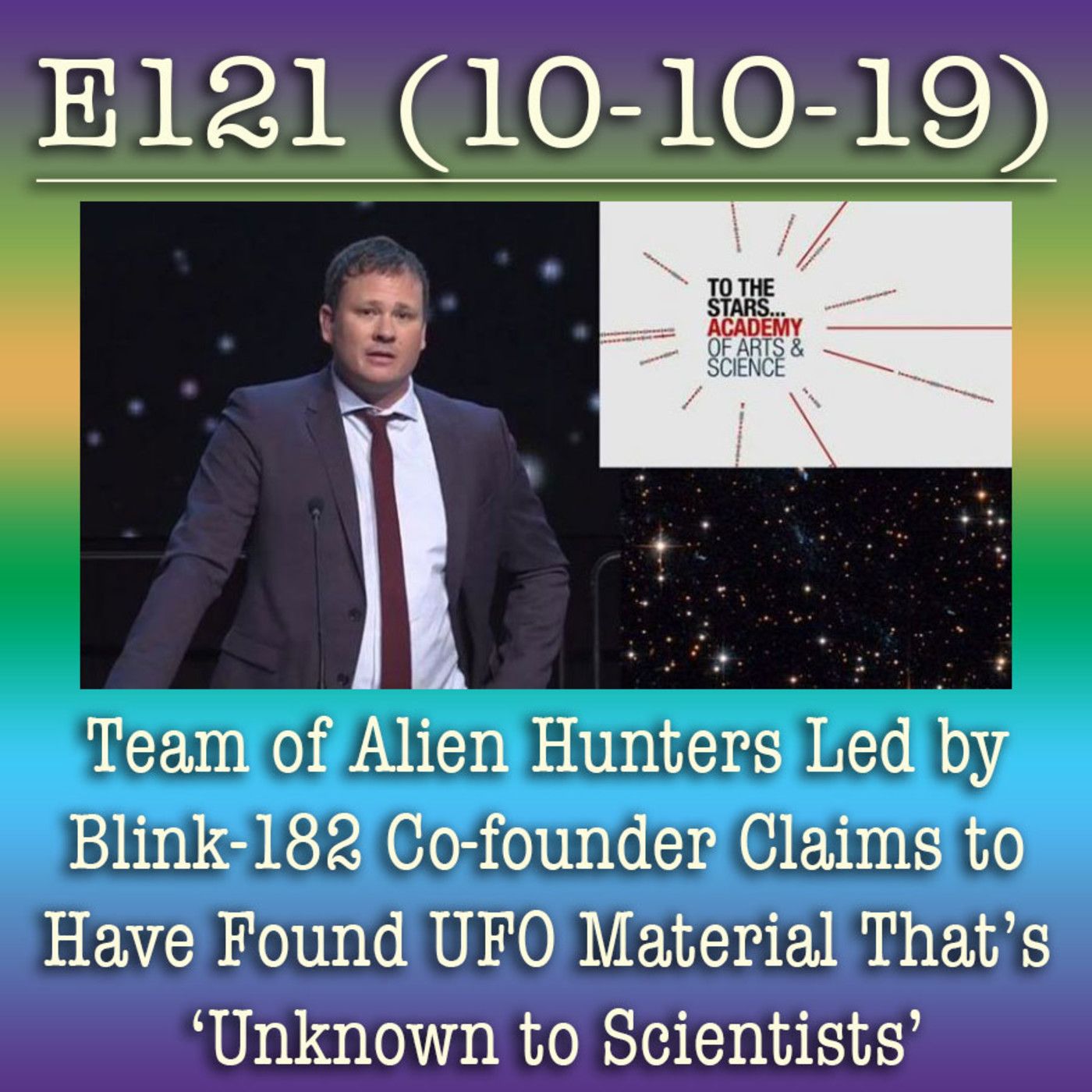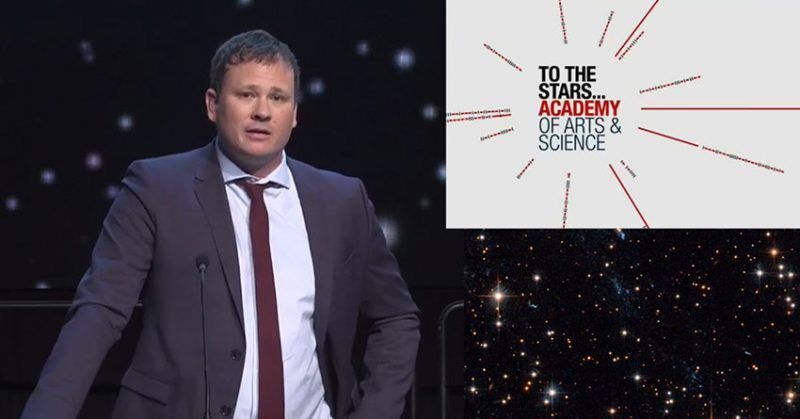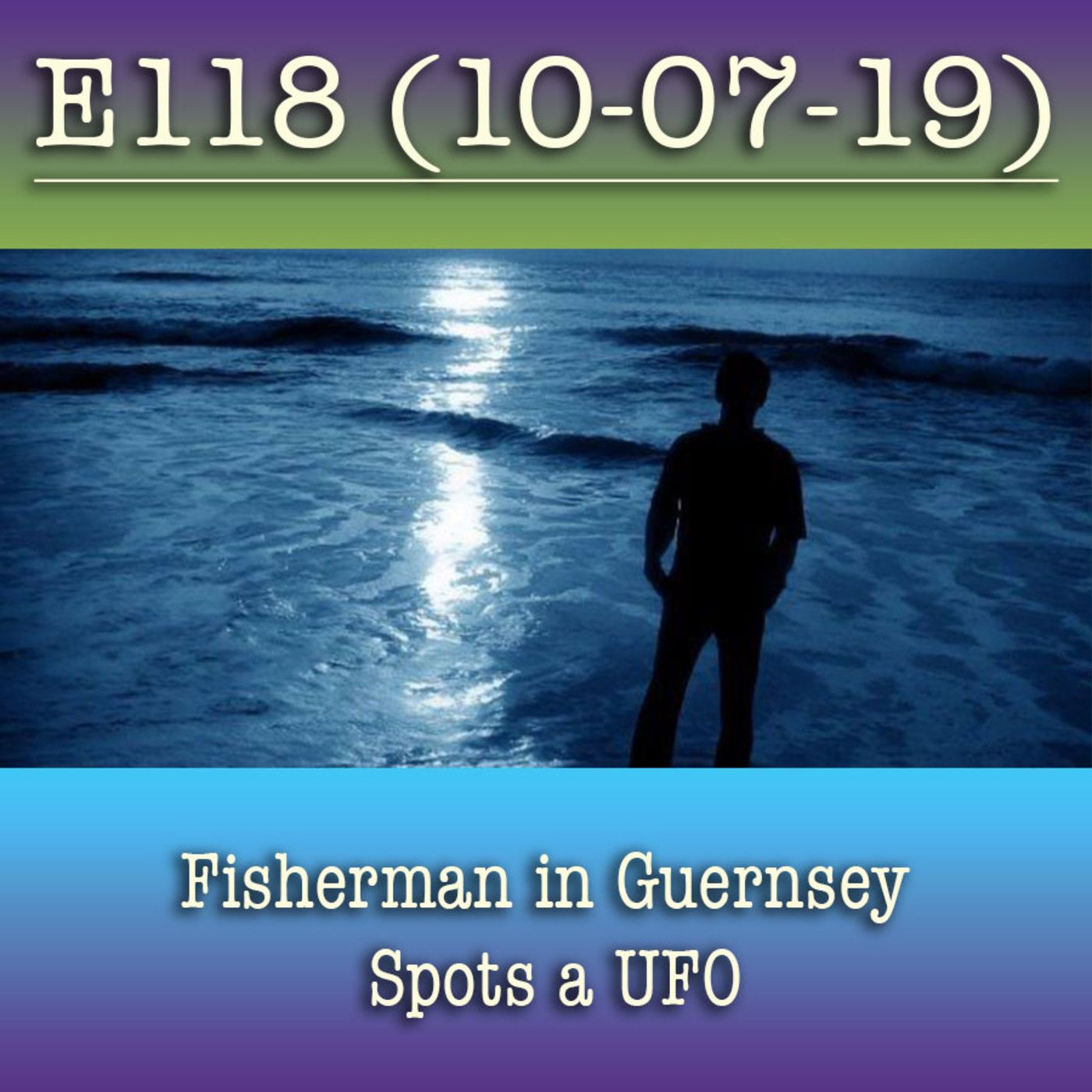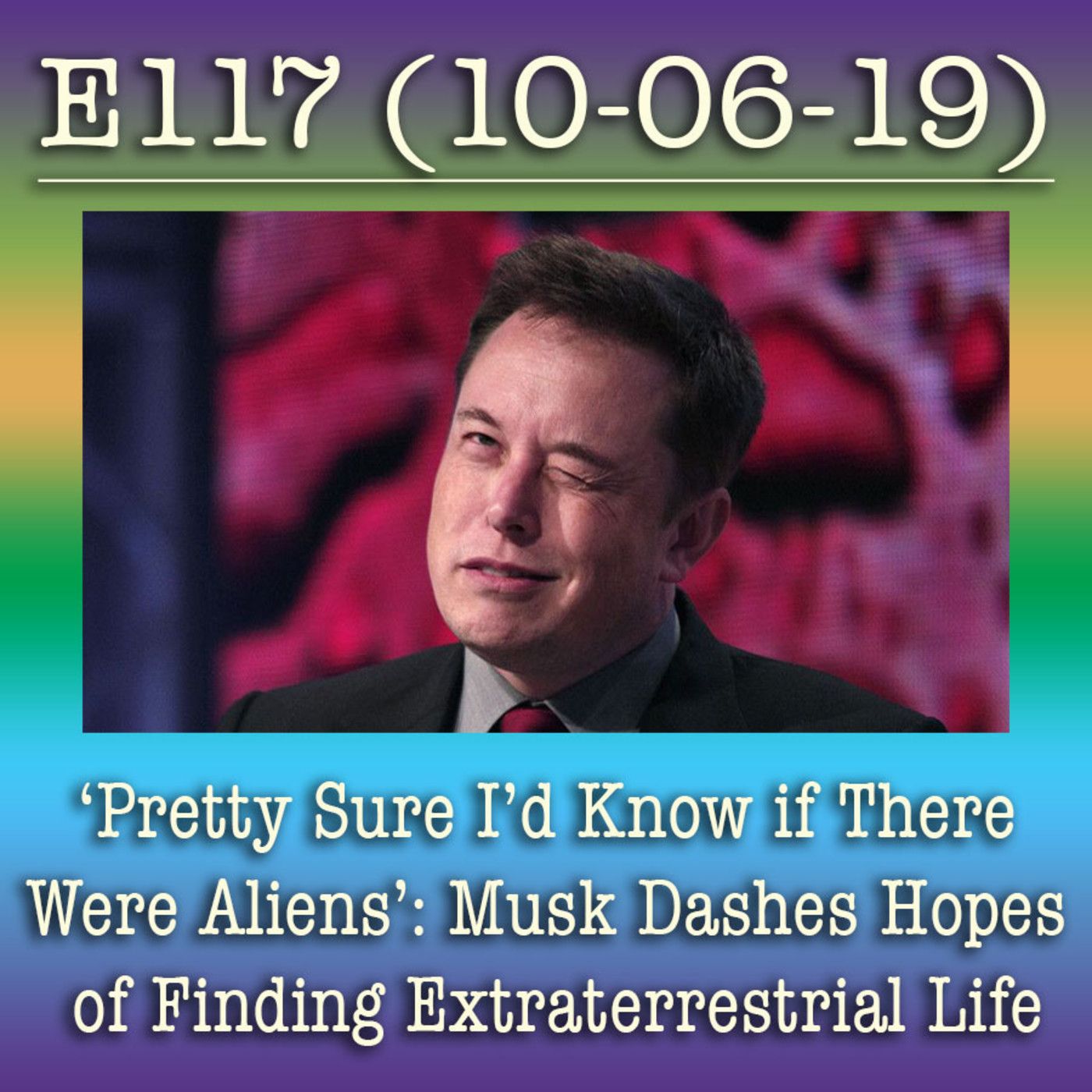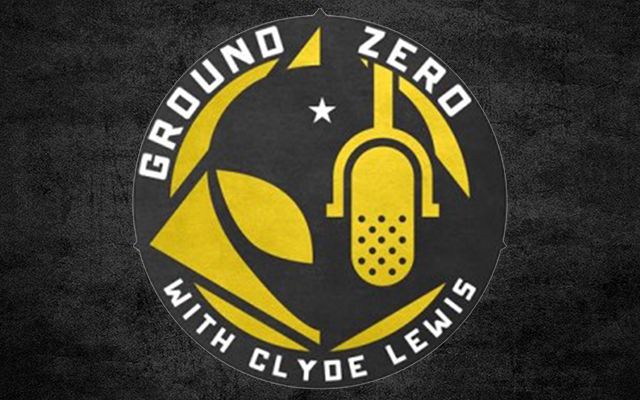The US Navy has authorized the publication of a patent for a nuclear fusion reactor that can both generate enormous quantities of power and yet be small enough to be fitted on mobile platforms, including spacecraft. The patent’s publication supports Whistleblower/Insider claims of mile (1.6 kilometers) long space carriers that have been secretly built and deployed by the Navy since the late 1970s and early 1980s.
The patent application for a “Plasma Compression Fusion Device” was just published on September 26 after being lodged on behalf of the Secretary of the Navy back on March 22, 2019. The inventor is Dr. Salvator Pais, who works at the Naval Air Warfare Center Aircraft Division and has previously lodged other patents on behalf of the Navy concerning a hybrid air, water, and space vehicle propelled and protected by electromagnetic fields.
In the patent description, Dr. Pais explains how his nuclear fusion device differs from similar devices under development:
At present there are few envisioned fusion reactors/devices that come in a small, compact package (ranging from 0.3 to 2 meters in diameter) and typically they use different versions of plasma magnetic confinement. Three such devices are the Lockheed Martin (LM) Skunk Works Compact Fusion Reactor (LM-CFR), the EMC2 Polywell fusion concept, and the Princeton Field-Reversed Configuration (PFRC) machine. […] These devices feature short plasma confinement times, possible plasma instabilities with the scaling of size, and it is questionable whether they have the ability of achieving the break-even fusion condition, let alone a self-sustained plasma burn leading to ignition.
Ignition is the point at which the nuclear fusion process begins generating electrical power in a self-sustaining way through the superheated plasma. Dr. Pais further explains how his device will use electromagnetic fields to ignite the nuclear fusion process:
The plasma compression fusion device utilizes controlled motion of electrically charged matter via accelerated vibration and/or accelerated spin subjected to smooth yet rapid acceleration-deceleration-acceleration transients, in order to generate extremely high energy/high intensity electromagnetic fields. These fields not only confine the plasma core but also greatly compress it (by inducing a high energy negative potential well) so as to produce a high power density plasma burn, leading to ignition.
https://youtu.be/8riezxDFQUQ
The amount of power that could be generated is explained by Brett Tingley and Tyler Rogoway, aerospace researchers at The Drive:
It is claimed in the patent application that this plasma compression fusion device is capable of producing power in the gigawatt (1 billion watts) to terawatt (1 trillion watts) range and above with input power only in the kilowatt (1,000 watts) to megawatt (1,000,000 watts) range. By comparison, America’s largest nuclear power plant, the Palo Verde nuclear power plant in Arizona, generates around 4,000 megawatts (4 gigawatts), and the A1B nuclear reactors designed for the Navy’s Gerald R. Ford-class aircraft carriers generate around 700 megawatts.
Pais’ description makes clear that the nuclear fusion reactor is the power supply for several innovative patent devices that would go into the Hybrid Aerospace Underwater Craft (HAUC) the patent for which was awarded on December 4, 2018. The HAUC, as previously described, would generate a quantum vacuum field outside the hull, removing all air, water, or other molecules, thereby enabling the craft to rapidly move through the atmosphere, ocean, and space without meeting any resistance.
Remarkably, the HAUC was awarded after the Chief Technology Officer for the Naval Aviation Enterprise, Dr. James Sheehy, intervened in an appeal against a rejection by the patent examiner who viewed the HAUC device as not scientifically feasible due to the need for an extraordinarily high power supply that produces “more electricity than what is produced by nuclear reactors”.
The examiner was referring to “nuclear fission” reactors used by the Navy in its aircraft carrier and submarine fleets, and pointing out that these would not be enough to meet the energy needs of the HAUC.
The nuclear fusion reactor device described in the latest patent application provides an explanation for what would power the HAUC and generate the quantum vacuum around it.
The other patent devices for the operation of HAUC include the “High Frequency Gravitational Wave Generator”(HFGWG) that would provide the craft’s propulsion system by creating gravity waves that would create a surf-ride effect.
Another patent is the “Electromagnetic Field Generator and method to generate an Electromagnetic Field” (EFG) that would generate an electromagnetic shield to protect the craft from missile attacks, Coronal Mass Ejections, and space debris. Importantly, both the HFGWG and EFG would be powered by the nuclear fusion reactor.
Yet another patent is the “Piezoelectricity-induced Room Temperature Superconductor” which can store enormous quantities of electrical energy. This “room temperature superconductor” is what would ultimately store the electrical power produced by the nuclear fusion reactor. The superconductor would also enable the HAUC and other mobile platforms to operate for extended periods if the nuclear fusion reactor went offline, and a back-up power supply had to be used.
For a second time, the Naval Aviation Enterprise’s Dr. Sheehy intervened in support of Dr. Pais when a second patent examiner rejected the room temperature superconductor as scientifically unfeasible. Dr. Sheehy’s letter explained why the superconductor “is operable and enabled via the physics described in the patent application”.
Tingley and Rogoway have extensively covered previous patents granted to Dr. Pais and the controversy over the Navy’s extraordinary interventions in support of his inventions widely regarded by open-source scientists as outlandish.
Tingley and Rogoway speculate on possible explanations for why the Navy has been doing this:
[I]s the Navy building some sort of incredible craft based on science that remains foreign to the larger scientific community? Did they already do this years ago and are just slowly lifting the veil now? Are they clumsily trying to emulate what their pilots are seeing in the field, but can not yet fully explain? Could these patents just represent gross mismanagement of resources on the Navy’s behalf? Or is this all some sort of elaborate disinformation play by the Navy—one that seems to have emerged right in step the rise of major peer-state competition from the likes of Russia and China, and the biggest expansion of advanced aerospace development programs in decades?
Tingley and Rogoway’s question, “Did they already do this years ago and are just slowly lifting the veil now?” takes us directly to the eyewitness testimony of whistleblowers and insiders who claim to have worked on kilometers-long space carriers secretly designed and deployed by the US Navy in the 1970s and 1980s.
William Tompkins’ testimony , in particular, stands out since he claims he designed kilometers long cigar-shaped space carriers while employed at a secret think tank at Douglas Aircraft Company and other leading aerospace corporations from the 1950s to 1970s. What gives Tompkins’ testimony great weight is that he worked directly under Dr. Wolfgang Klemperer, the former chief designer for the US Navy’s flying aircraft carriers, the USS Akron and Macon, built and deployed in the 1930s by the Goodyear-Zeppelin corporation, where he worked at up to 1936.
, in particular, stands out since he claims he designed kilometers long cigar-shaped space carriers while employed at a secret think tank at Douglas Aircraft Company and other leading aerospace corporations from the 1950s to 1970s. What gives Tompkins’ testimony great weight is that he worked directly under Dr. Wolfgang Klemperer, the former chief designer for the US Navy’s flying aircraft carriers, the USS Akron and Macon, built and deployed in the 1930s by the Goodyear-Zeppelin corporation, where he worked at up to 1936.
Importantly, Tompkins claims that before the deployment of these kilometers-long space carriers in the early 1980s, the Navy retrofitted nuclear (fission) powered submarines as prototype spacecraft in the late 1970s. I recently interviewed a chemical engineer, who is still working in the industry and has chosen to remain anonymous, who says he served on a retrofitted nuclear submarine deployed into space in 1979.
If retrofitted nuclear submarines and kilometers-long cigar-shaped space carriers were secretly deployed by the Navy in the late 1970s and early 1980s, as Tompkins claimed, then the power supply needed to lift and propel such craft into Earth orbit would vastly exceed that used by nuclear fission reactors.
As Tingley and Rogoway point out, the nuclear fission reactors in the modern Gerald Ford-class aircraft carriers generate 0.7 gigawatts. This pales in comparison to Pais’s nuclear fusion reactor that can generate up to 1000 gigawatts. A retrofitted nuclear fusion-powered submarine or kilometers-long space carrier could consequently generate sufficient electrical power for the electromagnetic propulsions systems incorporated into these crafts, similar to what Pais proposed for the HAUC.
The US Navy’s publication of a patent application for a nuclear fusion reactor appears to be part of a disclosure process designed to get the aerospace industry and general public ready for future announcements of secret space programs. It’s worth emphasizing that Tompkins and others claims that retrofitted submarines and space carriers were deployed in the 1970s/1980s, is directly supported by the Navy’s acknowledgement that nuclear fusion engines necessary for achieving such a stupendous feat, is a viable technology.
Consequently, the nuclear fusion reactors used in the Navy’s secret space program are over four decades old, which provides a compelling reason for why the Navy is allowing the release of these technologies now.
Critically, by patenting the nuclear fusion reactor and the other revolutionary electromagnetic propulsion technologies released by Pais, the Navy would not only save funds that it would otherwise have to pay companies for the use of such technologies, but also potentially raise enormous revenue in the future to fund its secret space program for decades to come. The Navy’s release of the nuclear fusion reactor patent is an extraordinary event that can revolutionize the aerospace industry and our planet very quickly with cheap and virtually unlimited electrical power.
© Michael E. Salla, Ph.D. Copyright Notice
Further Reading



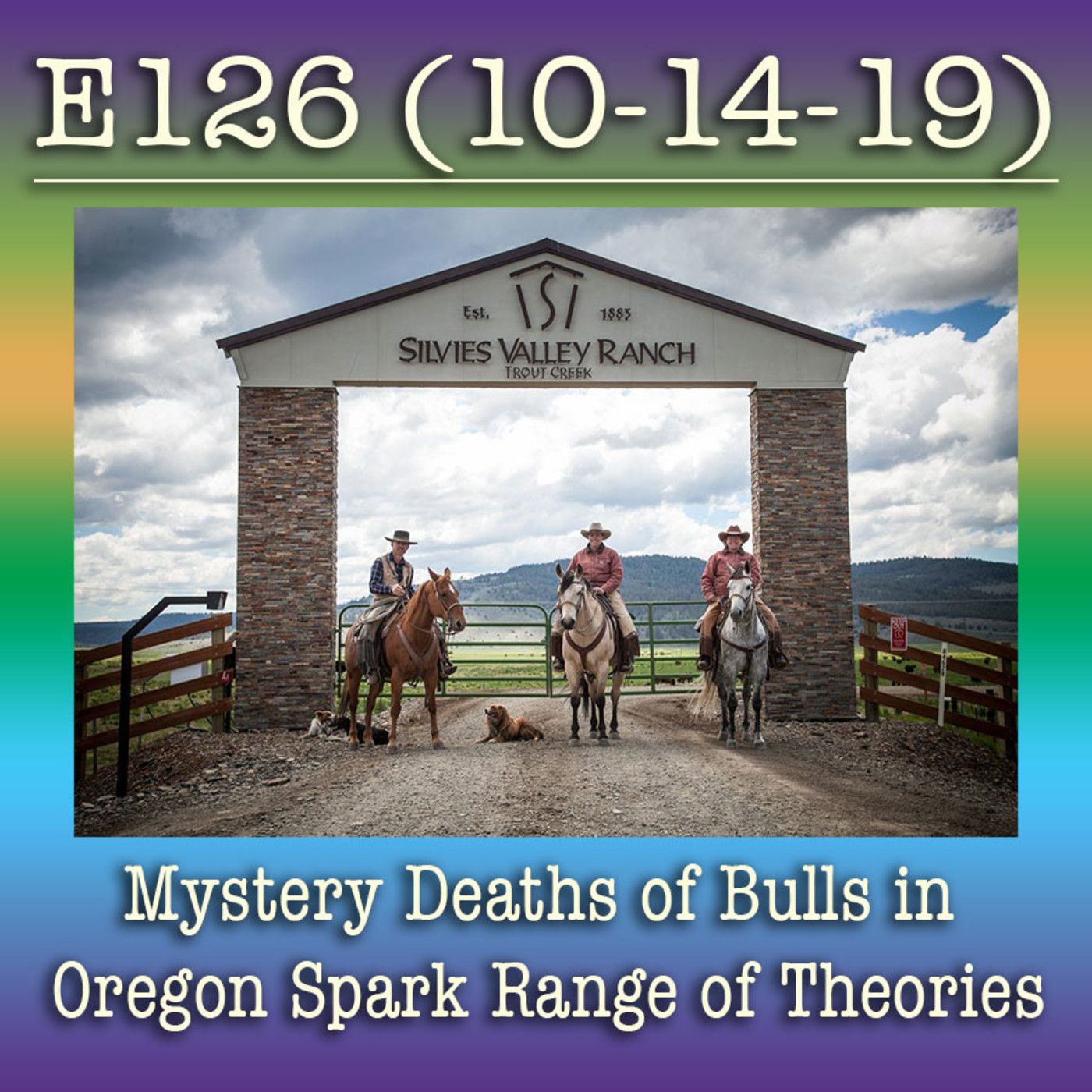
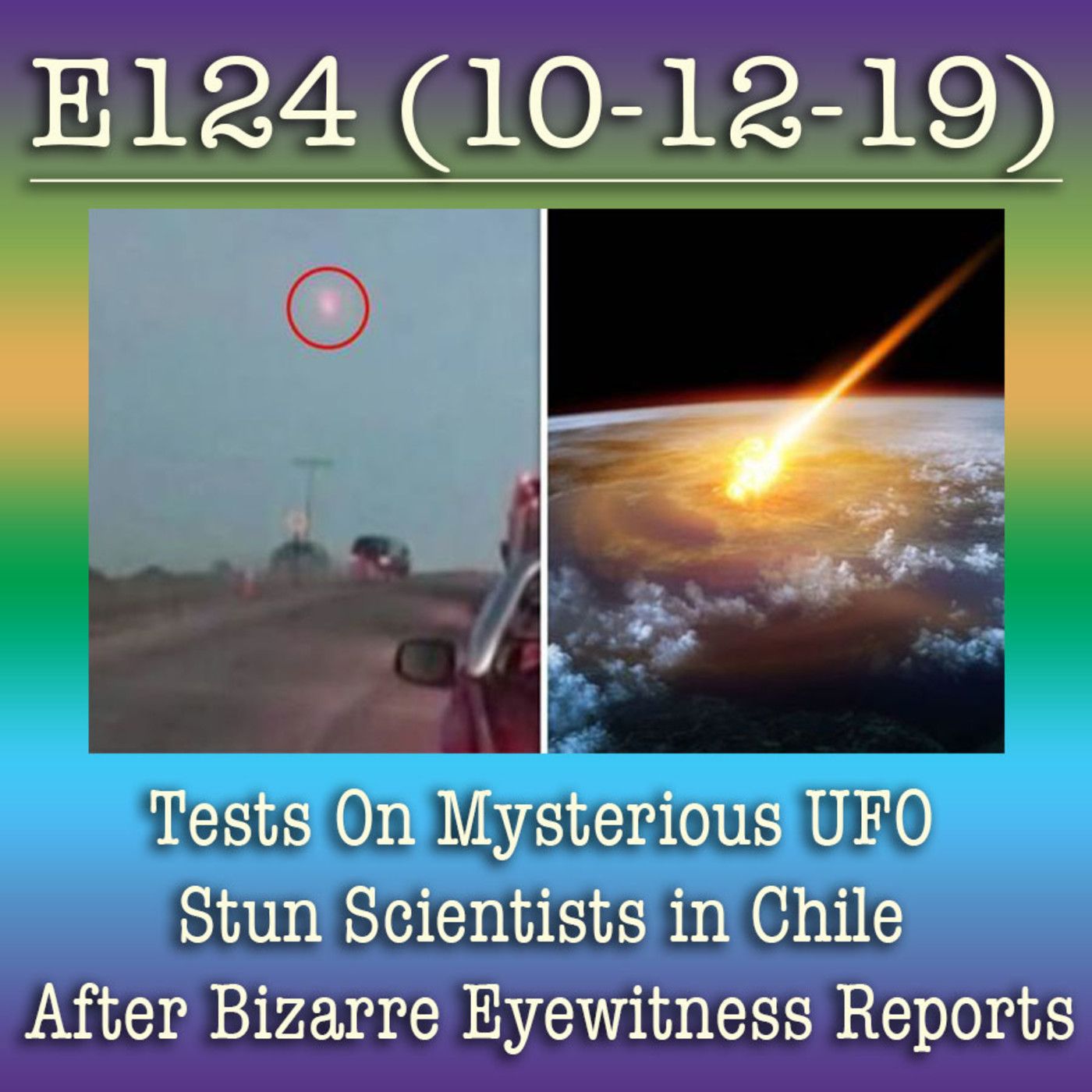


 Ranch management and law enforcement suspect that someone killed the bulls. Ranch hands have been advised to travel in pairs and to go armed.
Ranch management and law enforcement suspect that someone killed the bulls. Ranch hands have been advised to travel in pairs and to go armed.






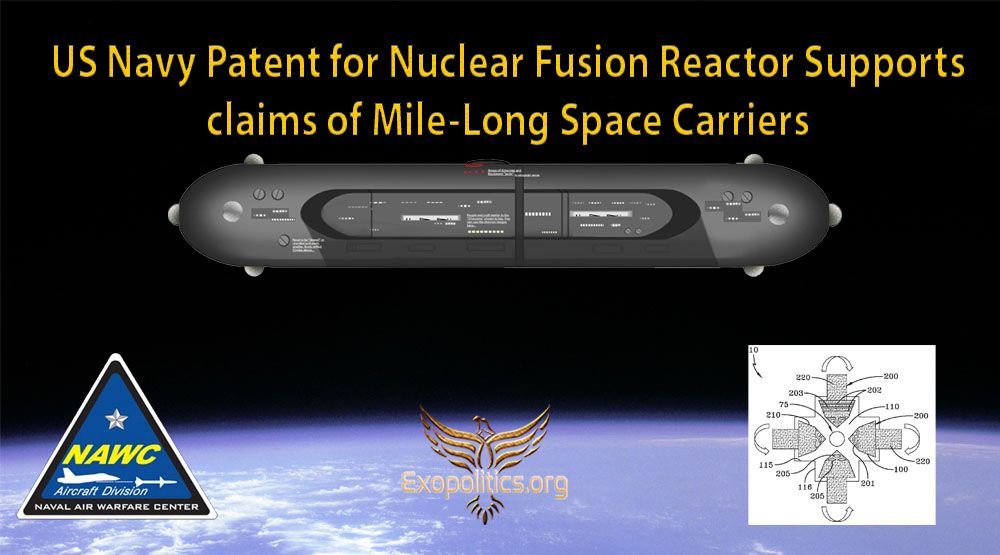

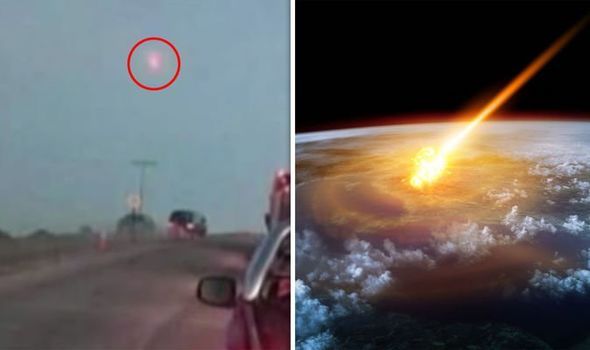
 Last week, residents of Dalcahue, a port city on the southern island of Chile, took to social media with reports of the unidentified flying objects.
Last week, residents of Dalcahue, a port city on the southern island of Chile, took to social media with reports of the unidentified flying objects. They were described by witnesses as “bright red objects streaking across the sky”.
They were described by witnesses as “bright red objects streaking across the sky”.
 There was much detail to digest, such as how the aliens don’t have defined sexes, and eat just energy capsules “because they have small mouths.” I didn’t see a hint of a wink or nod among the group members present, whose ages range from their 20s to 60s. The 50 or so people comprising the core Kaokala group, plus thousands following them online, take aliens seriously. This is because rather than destroying us, Independence Day-style, the Kaokala group believes they’re planning to save us from annihilation.
There was much detail to digest, such as how the aliens don’t have defined sexes, and eat just energy capsules “because they have small mouths.” I didn’t see a hint of a wink or nod among the group members present, whose ages range from their 20s to 60s. The 50 or so people comprising the core Kaokala group, plus thousands following them online, take aliens seriously. This is because rather than destroying us, Independence Day-style, the Kaokala group believes they’re planning to save us from annihilation.
